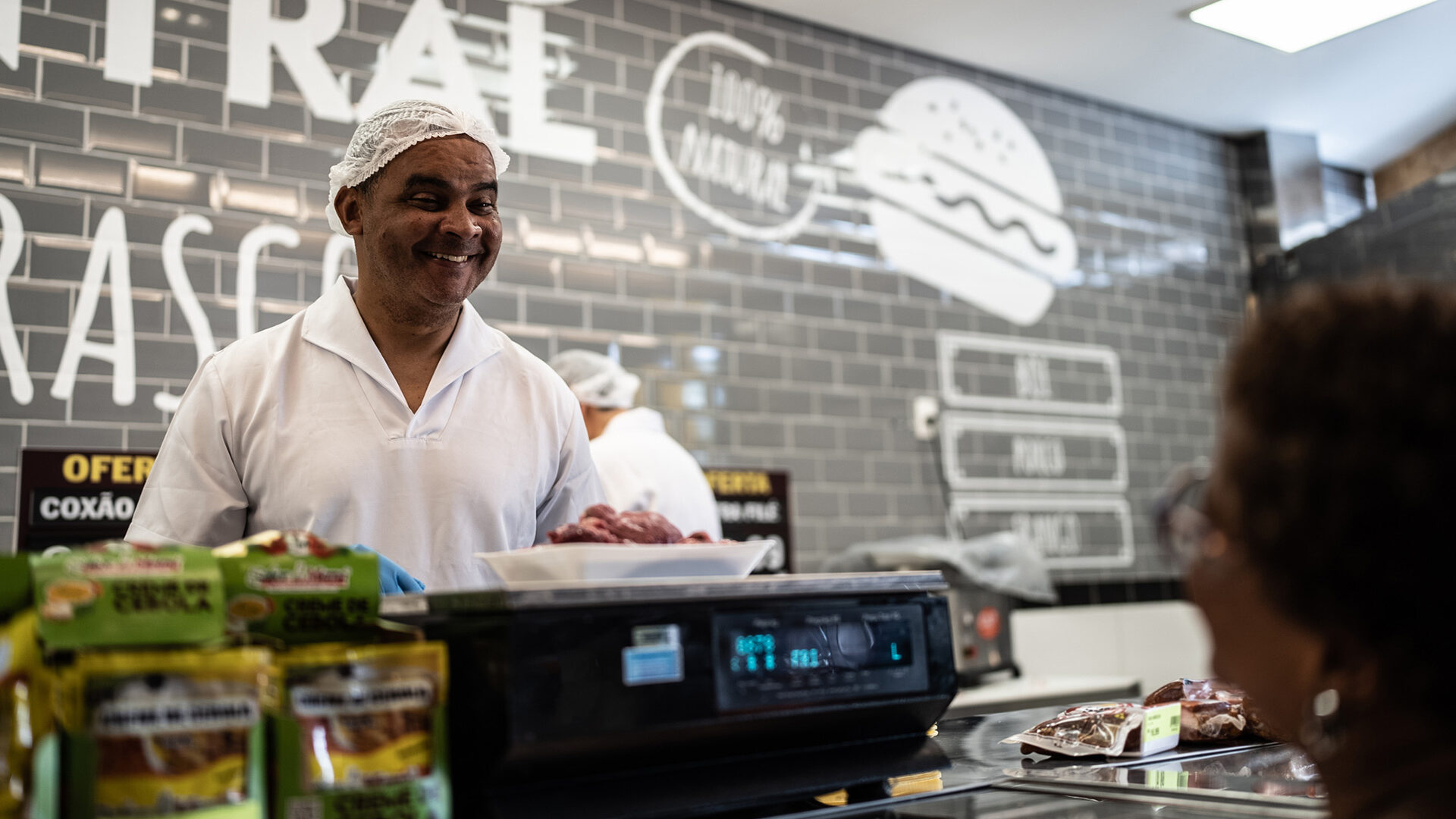3 minute read
Off the Rack: Close-Up on Effective Fresh Department Merchandising

Damien Deem, Implementation Specialist
Andrew Drozinski, Senior Customer Program Manager
Anthony Henry, Customer Program Manager
In previous posts in this series about merchandising, we explored various forms of effective merchandising, both direct and indirect. We also discussed how merchandising patterns have changed this past year due to the pandemic and how quickly retailers were able to change in response. In this final installment, we will focus on one department—the fresh department—as a case in point.
Early in the pandemic, many customers felt safer having their groceries delivered through third-party shopping companies, and most grocery retailers quickly developed their own delivery or curbside alternatives. However, as the pandemic continued and the “new normal” was ushered in with grocers leading the way (e.g., hand sanitizing dispensers, masks, reminders to wear masks or even providing masks to customers), many shoppers realized they preferred picking out their own produce and fresh products and felt comfortable returning to the store, at least occasionally and for short periods, to do so. Having fresh departments properly merchandised has always helped build customer loyalty and drive sales, but in current circumstances and for the foreseeable future, fresh departments have become even more crucial to grocery retailers’ success.
Utilizing a variety of methods will ensure that fresh departments are merchandised optimally
Keeping up with trends and providing what customers want will always be fundamental. Past trends range from carrying fresh sushi prepared in the store to carrying more organic fruits and vegetables. Having a variety of unique fruits and vegetables can help build sales and keep customers coming back for that product. For example, some stores have now started buying from local farms. Going further and putting up signs with pictures of the farm or farm family that the product came from, can build that personal relationship with customers.
Fixtures throughout the department also play a crucial role in effective merchandising to drive sales. How can they be used to keep items on the sales floor, provide visibility to the product and making them more shoppable? Utilizing nesting tables to display like items next to each other is an easy way to cross-merchandise. Cooler cases can be used to display berries in the produce department and presliced deli meats and cheeses.
Consider, too, whether operational processes can be leveraged as merchandising tools. Automatic misters help produce keep its color and appearance, attracting customers and boosting sales, and they also free up team members to focus on other tasks. What about highlighting processes that aren’t directly related to product? Sanitation, now more than ever, has become one of the most important tools. Sanitation comes in many shapes and forms, including basic cleanliness. Retailers are advertising the methods they are using to ensure their fresh departments, especially as certain fresh department offerings suspended during the early days of the pandemic are reintroduced. Hand sanitizer stations placed throughout the store may give customers peace of mind while they are shopping in the store. Cart sanitation stations, and employees visibly adhering to cleanliness standards will continue to be important.
Finally, you must consider how store planning technology can be used to optimally merchandise fresh product
A good forecasting solution can assist in determining what goes out on display, and how much, on a given day and at a given time. For example, produce departments can use forecasting to determine how many apples sell on a particular day and time of day. The produce manager can use this information to determine which apples to display, how many and when. Forecasts can also be used for production needs. For example, deli departments can use forecasting to determine how much of a product, like rotisserie chicken, to prepare for the day. This will help reduce shrink and drive profit for the department with minimal extra work for the manager.
Throughout this series we reviewed different ways merchandising can have an impact on day-to-day operations in store and how integral these methods are to driving sales. As a final thought, it was truly remarkable to see retailers were able to react quickly to changes in the way they usually merchandised throughout the year. Hopefully, we will be able to mesh what worked well this year with what worked well in the past as we transition into the future.



